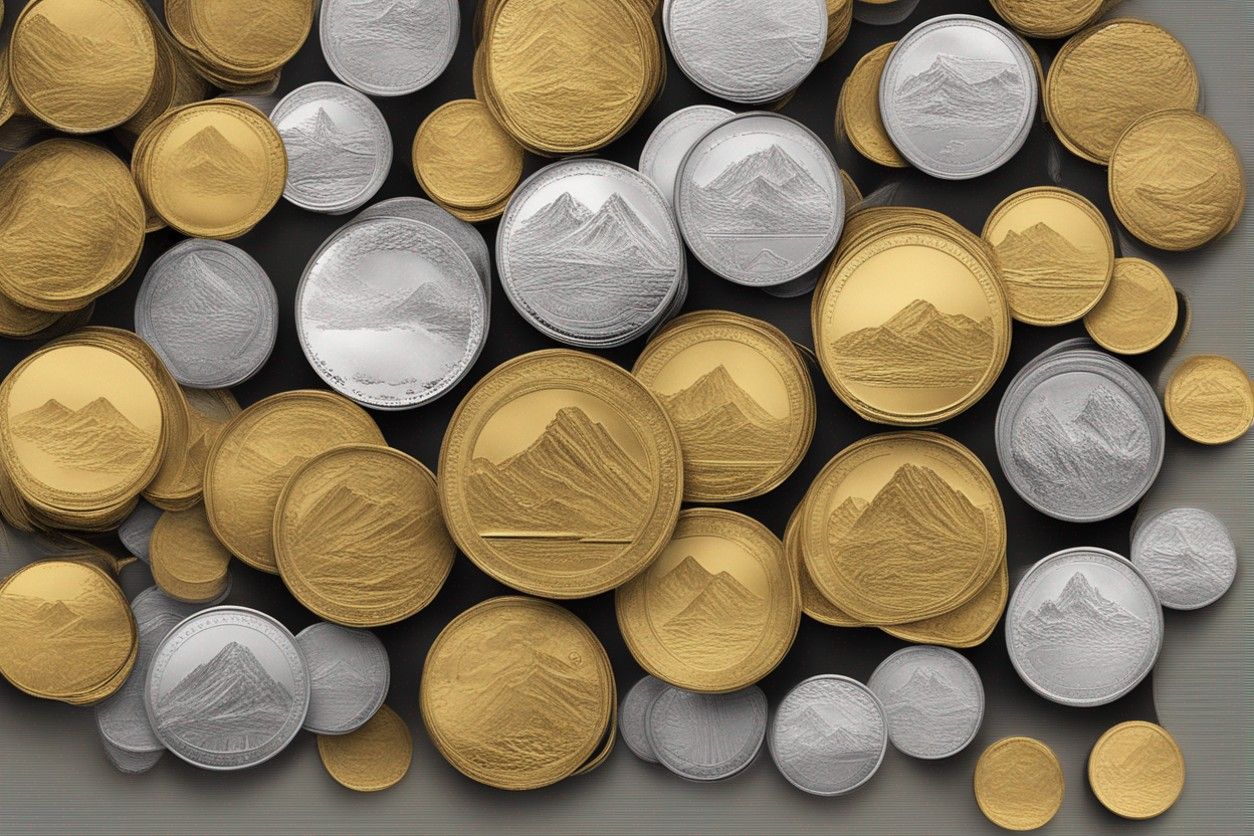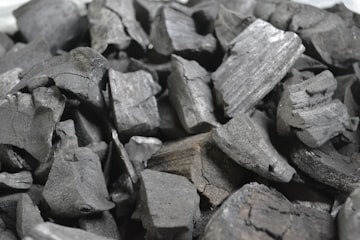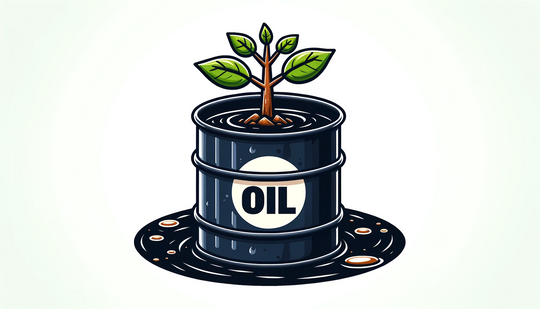Carbon removal credits are a type of carbon credit that represents the permanent removal of one ton of carbon dioxide (CO₂) from the atmosphere. They are created by projects that remove CO₂ from the atmosphere and store it permanently, such as planting trees, direct air capture, and enhanced weathering.
Carbon removal credits are different from carbon offset credits, which represent the reduction of one ton of CO₂ emissions. Carbon offset credits can be created by projects that reduce emissions, such as improving energy efficiency or switching to renewable energy.
Carbon removal credits are still a relatively new market, but they are growing in popularity as governments and businesses look for ways to address climate change. The price of carbon removal credits varies depending on the project and the quality of the carbon removal - currently the price of carbon removal credits ranges from $25 to $1,600 per ton.
What's in a name - are all "credits" the same?
"Carbon removal credits" and "carbon credits" are not the same.
Carbon removal credits represent the permanent removal of one ton of carbon dioxide (CO₂) from the atmosphere.
Carbon credits represent the reduction of one ton of CO₂ emissions. They are created by projects that reduce emissions, such as improving energy efficiency or switching to renewable energy.
In other words, carbon removal credits are a type of carbon credit, but not all carbon credits are carbon removal credits.
So they're definitely different, how can we avoid future confusion?
We can start by trying to avoid the term "credit" when talking about carbon removals which will hopefully reduce the likelihood of confusion, simply referring to "carbon removal" or alternatively "negative emissions".









